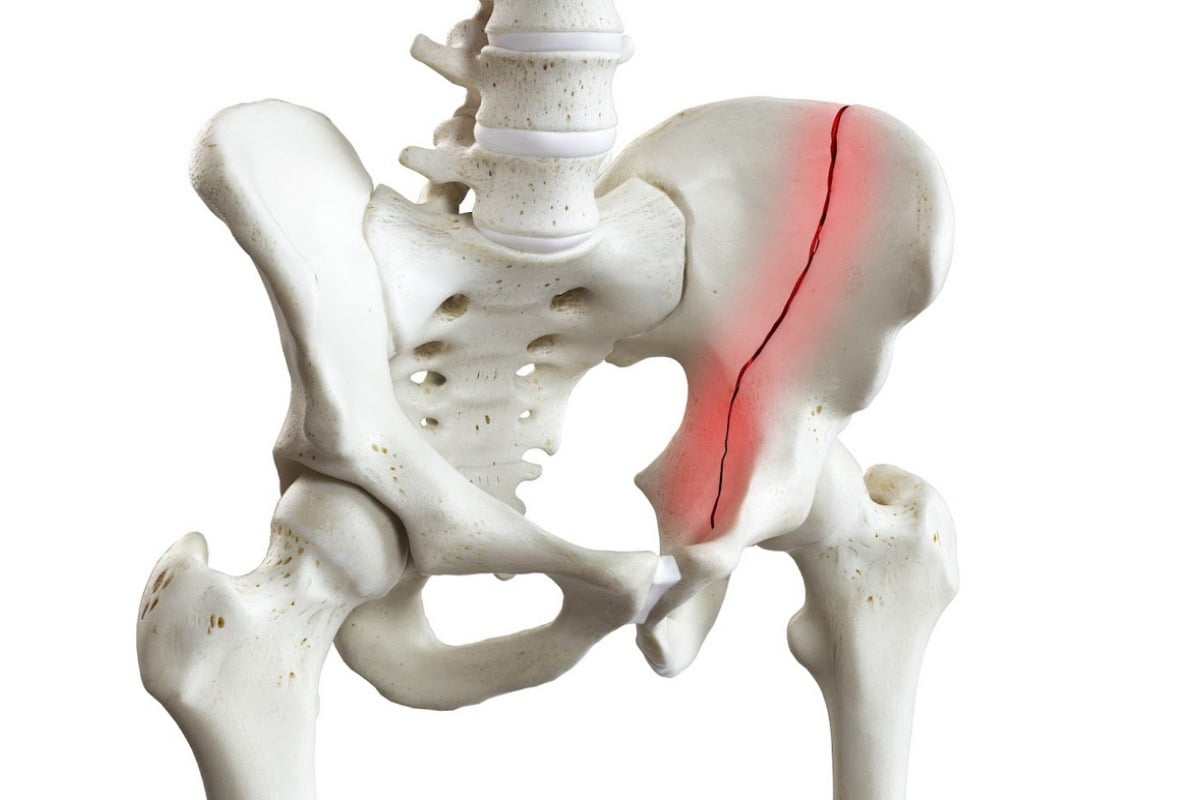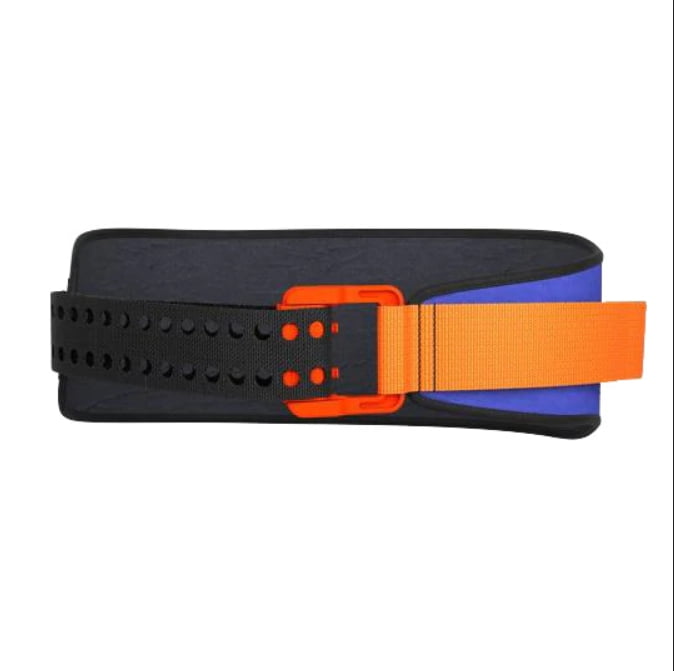
5 Tips For Applying A Pelvic Binder
Tips For Applying A Pelvic Binder – Injuries to the pelvis are considered some of the most severe injuries a person can have. Fractures are life-threatening because of so many significant nerves and blood vessels that run through the pelvis area. Damage to any of these structures could cause bleeding that’s hard to control or loss of feeling in the legs.
Many people don’t survive the ordeal as there are usually other traumas involved. The fractured pelvis should be stabilized as soon as possible after an injury to prevent further harm to the area or loss of life.
One of the ways to get the pelvis stable would be by using a pelvic binder. This device has saved a high number of patients when applied correctly. With that said, continue reading here for some tips to ensure the correct placement and usage of a pelvic binder:

Table of Contents
1. Patient Position Is Important
There are situations where it will be difficult for first responders to help a person effectively because of the position they are in currently. For any medical emergency, the preferred position is for the patient to lie flat on their backs on a stable surface.
The stable, flat surface would make it easier to apply the pelvic binder and reduce pain and discomfort for the patient. If it doesn’t seem safe to move a patient, wait for emergency medical services to attend to the patient.
For a good source of information about fracture stabilization, visit the SAM or any other websites to see products for fracture management. They provide guides for applying their products correctly and extra information that first responders would have to be aware of when assisting patients.
2. Remove Items From Pockets And The Waist
The binder will apply pressure around the hip area to ensure that there are no items in pockets or around the hips like a belt, which would help the patient be more comfortable when the binder is applied.
Items that remain in the area where the binder needs to be applied may affect its performance. It may reduce the supportive effect the binder should give to the damaged pelvic bones.
3. Ensure To Place It In The Correct Place
Identify where the bottom part of the hip bone is and where the top of the femur (thigh bone) is. The bulge of the thigh bone is called the greater trochanter and should be on the same level as the pubic bone.
The binder should cover both the lower part of the hip bone and the greater trochanters of the femurs to be effective. Getting it to the correct spot for application may be tricky, depending on the body position and weight of the patient.
Start by sliding the binder underneath the knees and pulling it up towards the hips of the patient while moving it along the ground. If the binder can’t reach the correct spot, it may be needed to log roll the person to move the pelvic binder into place.
Carefully consider the placement of the binder. If any concerning injuries in the pelvic area may make applying the pelvic binder challenging, wait for emergency services to assist.
Ensure that the patient is lying on their back and establish the right place for application before starting the binder procedure. Doing so would prevent complications for the patient.
4. Safely Secure The Binder In Place
There are different kinds of binders on the market. Depending on the type of binder used, first responders should follow the instructions on securing it in place.
Some have Velcro straps that lock through a buckle, and others may have drawstrings that need tightening before securing the strings onto the binder. Once pressure is applied, it’s held in place until the patient reaches a trauma center with more advanced equipment.
Also Read:- Bloomergblog
5. Never Remove The Binder
First responders should never remove the binder in the field, only under the direct supervision of a trauma physician in a hospital situation where emergency help is available. The pelvic binder should remain in place during an MRI or x-ray procedure.
Doctors would require an MRI or x-ray of the pelvis before they could safely remove it. The radiographic images would show them how to proceed without causing harm or severe discomfort to the patient.
To Conclude
Pelvic binders are an essential tool for first responders that need to attend to a pelvic fracture patient. Getting the fractured bones in a stable position to prevent damage to the primary structures like nerves and blood vessels could prevent paralysis or death.
Ensure to know how the pelvic binder works, and perhaps even practice applying it a few times to have a good feel for what to do in an emergency. A patient may rely on your skilled application to save their life.


